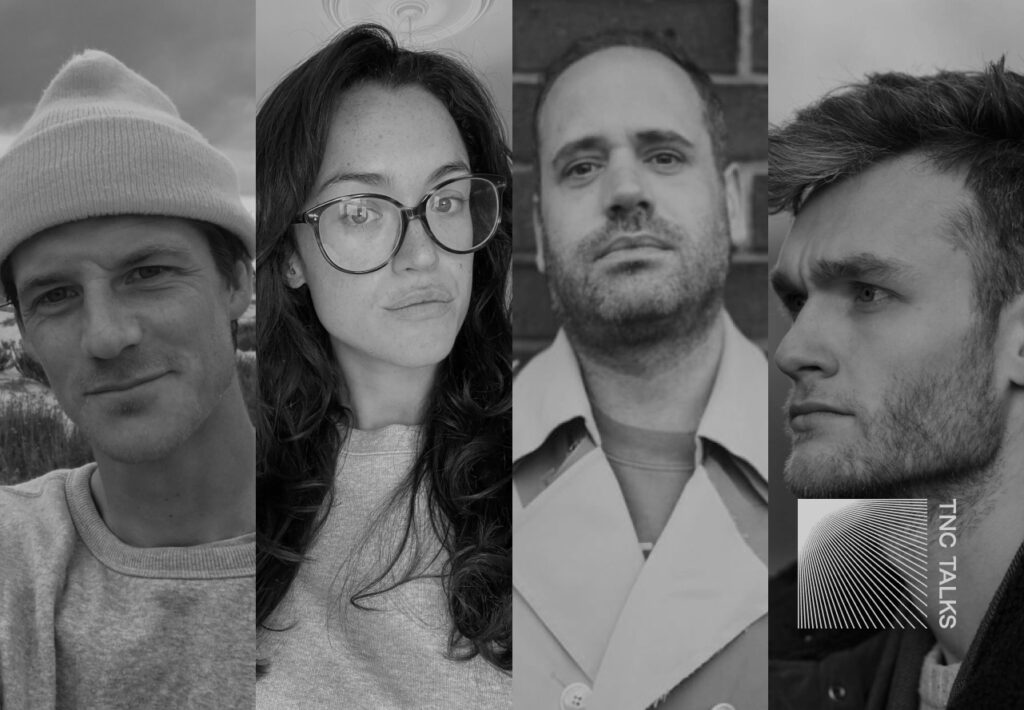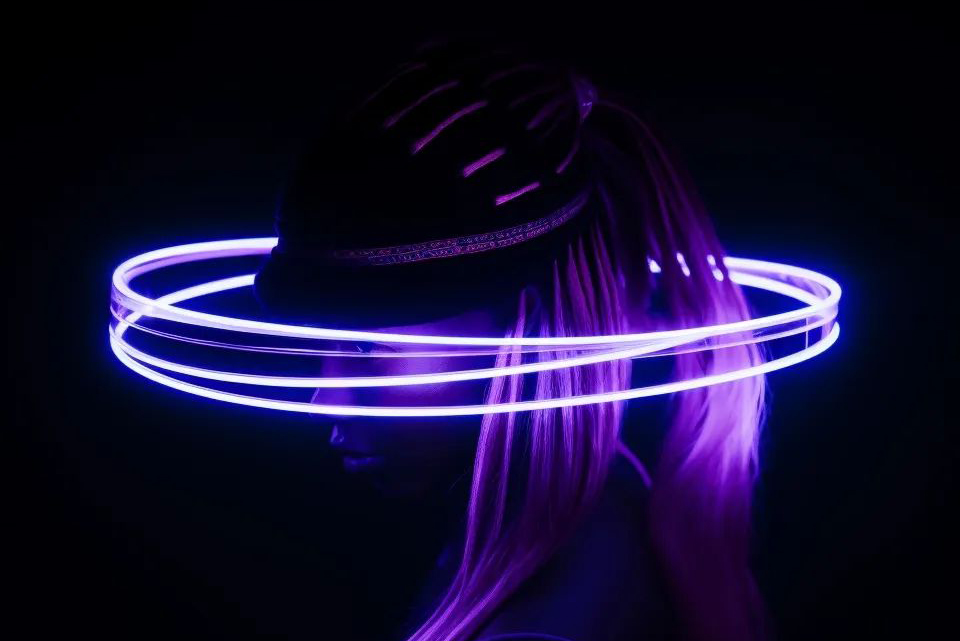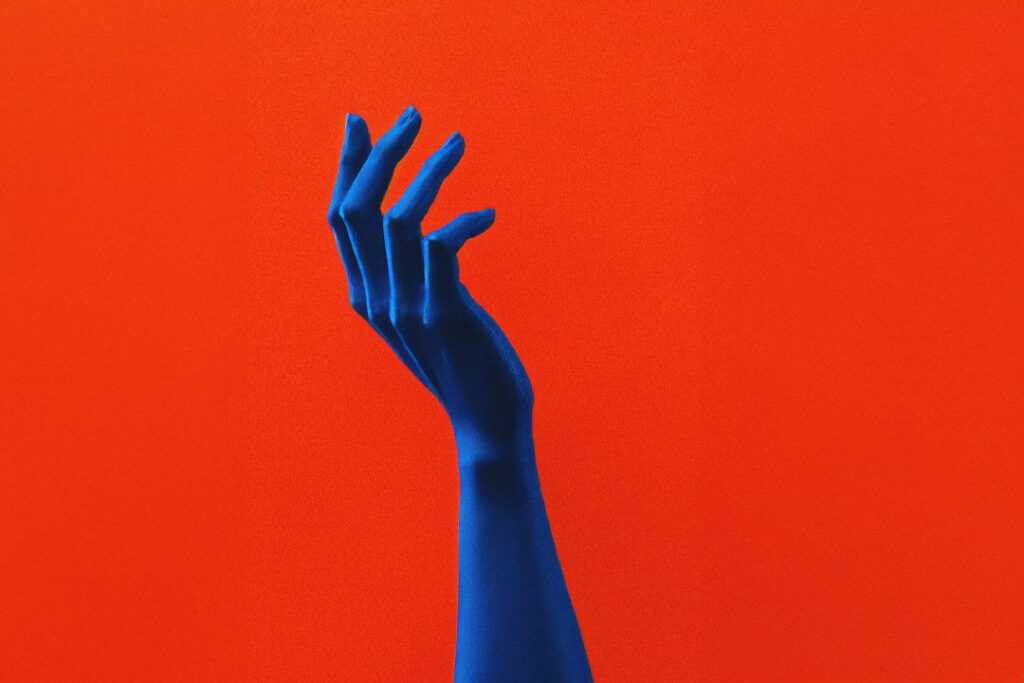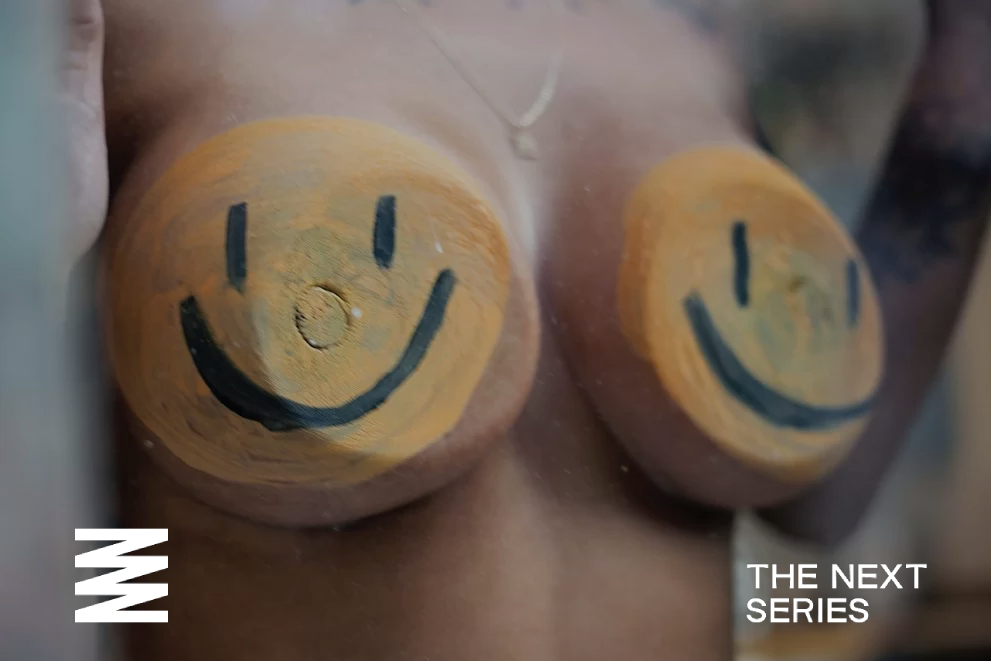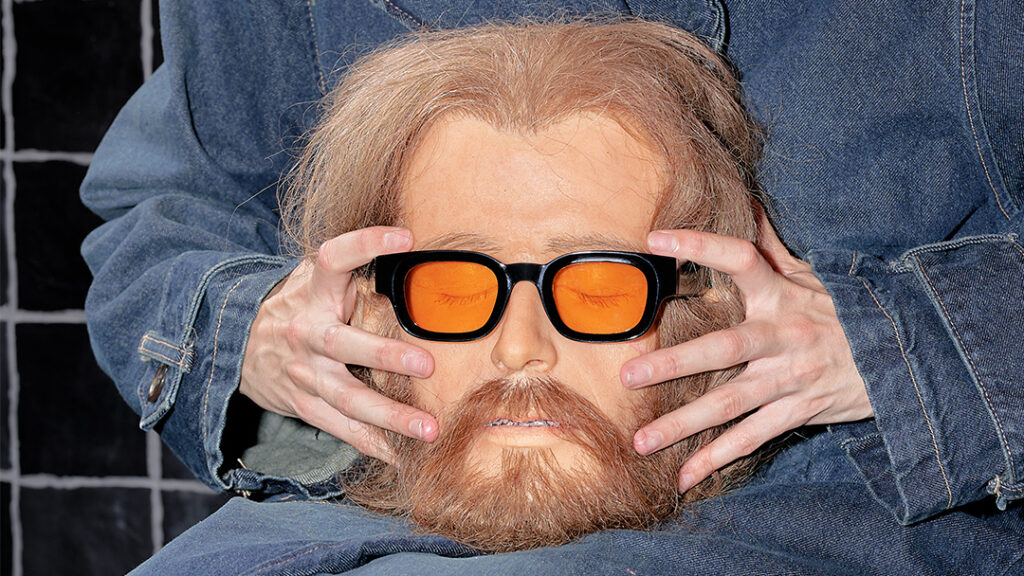Why is it that some people still refuse to let loose and do anything other than tiny side to side steps on the dancefloor? Now, we understand that not everyone might have rhythm embedded in their bones, but what we’re talking about has nothing to do with being a good dancer, it has to do with the intrinsically pulsating experience of being alive. Of feeling alive.If there’s a cultural group that has understood this to a T throughout its lifetime, that would be rave culture, and all the dance styles it encompasses.
Styles like house dance, rave dance or breakdance were a part of youth culture during the pre-internet era. These dances represent various local youth cultures, from rave culture to house dance community, especially before the influence of globalization. However, they are characteristically different; while house dancing has disco-inspired energetic moves ruling the dancefloor, breakdance values impressive acrobatic moves during the dance-offs and rave-dance is based on getting lost in the moment.
Apart from differences in their origins and the different music tastes that dance styles reflect, break dancing and house dance have an essential factor in common: they radiate an edgy, non-conformist attitude. Yet, if music is a crucial factor in the genesis of dance cultures, how did different music styles produce similar outcomes?
Chicago became the hot dancing spot in the 1980s after the blossoming of new house music. It was mainly an up-to-date hybrid of electronic music and warm melodies. The prototype of house dance was lively, dynamic, and full of full-body dance moves. This trend quickly spread to the New York area, but the East coast already had a very influential dance style in their repertoire since the end of the 1970s: breakdance.
House Dance and Other Alternative Dance Cultures
The new, emerging dance entered the melting pot and joined the other prevalent dance styles of the time. They created a mixed, cosmopolitan freestyle dance culture that we call house dance. This was a fresh art form to use one’s creative body language because alternative dance styles like house dance emphasizes self-expression as much as technique behind them.
Break dancing also embodies this quality within the choreo itself. The moves are meant to tell a story or take a stand. The technique is fundamental, but not as much as the message, and if you learn the basic steps, your creativity can take the lead. You can freestyle and let your mind run freely. In the true spirit of breakdance, it is also possible to get in sync with – and inspired by-the energies of the b-girls and b-boys around you.
This blueprint can be directly applied to house dance. Freestyle moves, energy exchange with people around you, and self-expression are present in the true essence of this dance. But, why is this model a perfect fit for house dance too?
At the beginning of this new dance culture, dancing was an activity one would impatiently wait for. It was an emancipation from the anxieties people experienced in their daily lives. It was also a platform for therapeutic catharsis under the bright neon lights. People tasted true freedom when they stepped onto the dance floor and moved their bodies like there was no tomorrow. This norm-challenging attitude is present in both of the dance styles.
More than just a muse, dance is also at the base of the infrastructure in house music. Every beat is meant to mobilize people on the dance floor. This fact, in particular, enables us to draw similarities between house, rave, and hip hop culture.
Around the mid-1990s, the New York house music scene had two major directions: The globalized rave scene of European origin was inspired by pure house music, with influences from more traditional music samples, like jazz. Around the same time, the breakdancing scene and hip-hop culture continued to prevail within the street culture. However, were these styles as different as they sound?
House Dance And Its Unique Voice
Rave culture, house dance, and hip-hop culture all value channeling inner feelings and losing oneself in the harmony of the music. All three styles have one critical value in common: personal interaction. While the raver disconnects from the self and connects to the whole, the house dancer shakes off the daily-life frustrations and enters a conversation with everyone else. The break-dancer, in this case, picks up the gauntlet and joins the hype around the dance-off.
Alternative dance styles originating from youth cultures, subcultures, and countercultures act as a glue that unifies like-minded people. Individuals enter a community-building process to temporarily forget the busy everyday life, and dance accompanies them in this journey. It was the case for break dance when the pioneers channeled their feelings into expressive and complicated dance forms to create a community that influenced many parts of life. Ravers participated in their fair share of community-building after the technological boom around the 1990s.
House dance has obtained a broader spectrum of music and dance repertoire, especially after this culture found its quirky voice. Still, it wasn’t all about competition; it was also about athleticism and spirituality reflected as a dance form. Dancefloors became active battlefields, with dancers showing off their merits in front of the hyped-up audience.
One may wonder, the whole premise sounds interesting, but when and why did house dance start to lose its influence? The answer may not surprise you: politics. In the late 1990s, the elected mayor for New York entered a metaphorical war with the nightclubs that resulted in the closure of many key venues.
In modern days, house dance may not be prevalent in the night entertainment scene; however, the movement is bigger than ever. Globalization helped house dance to find a transnational community. There are dance tournaments worldwide, and house dance has become one of the main categories among vogueing and hip-hop.
House dance may have withdrawn from the nightclubs and former visible places, yet its influence is far from fading out. This movement found another house to dance in and continues to push the limits of creative expression.

